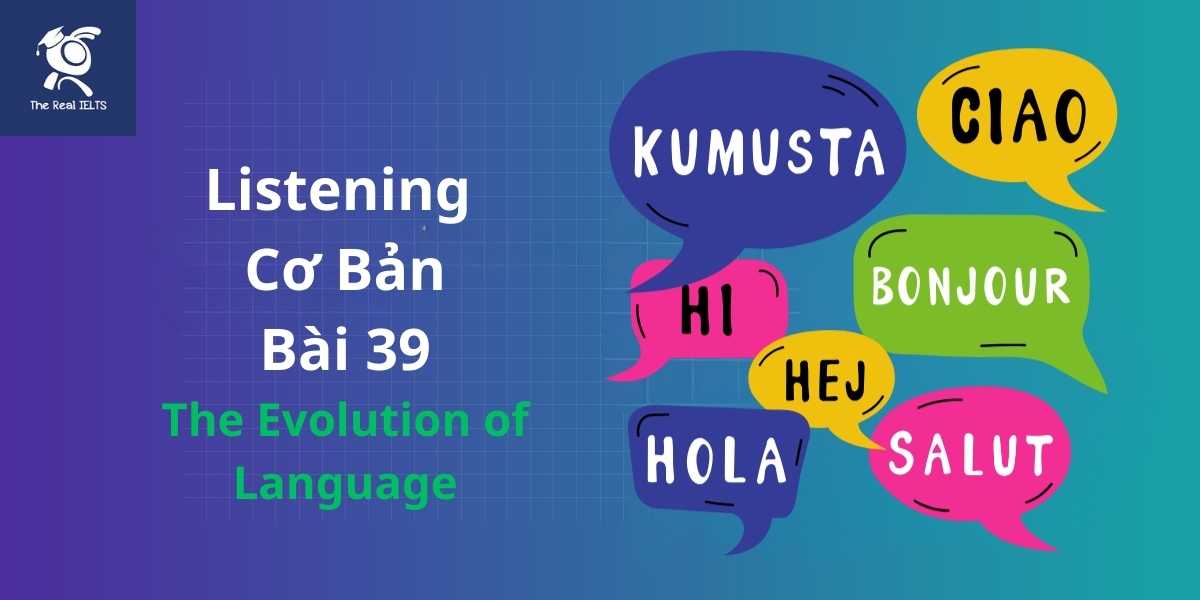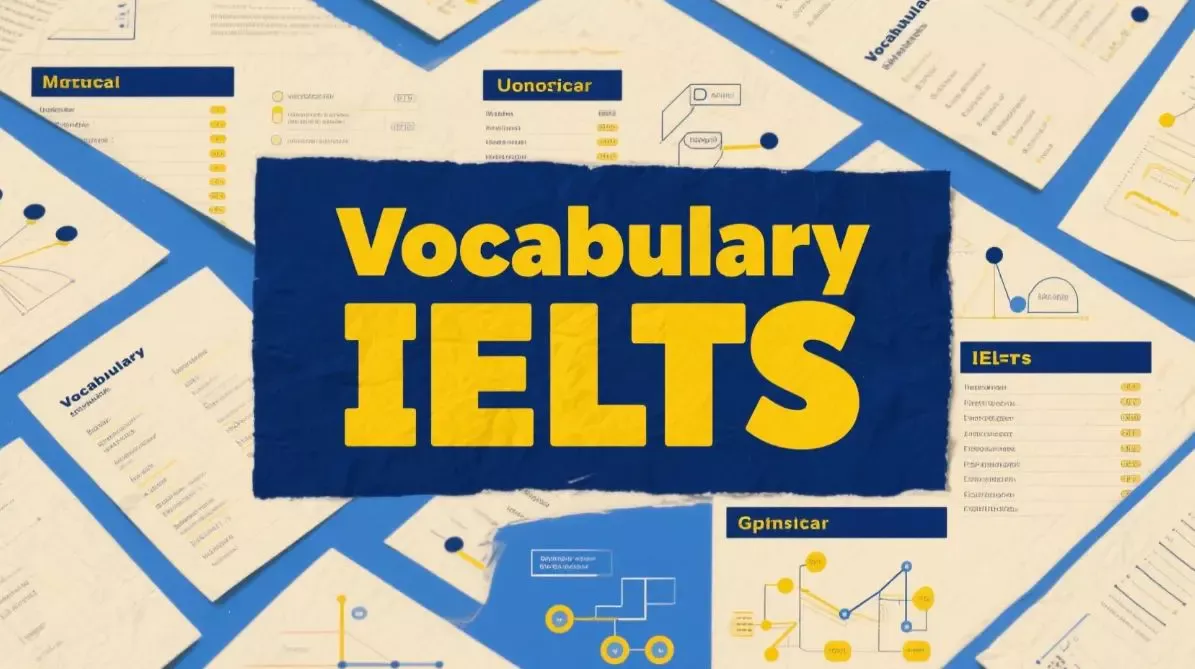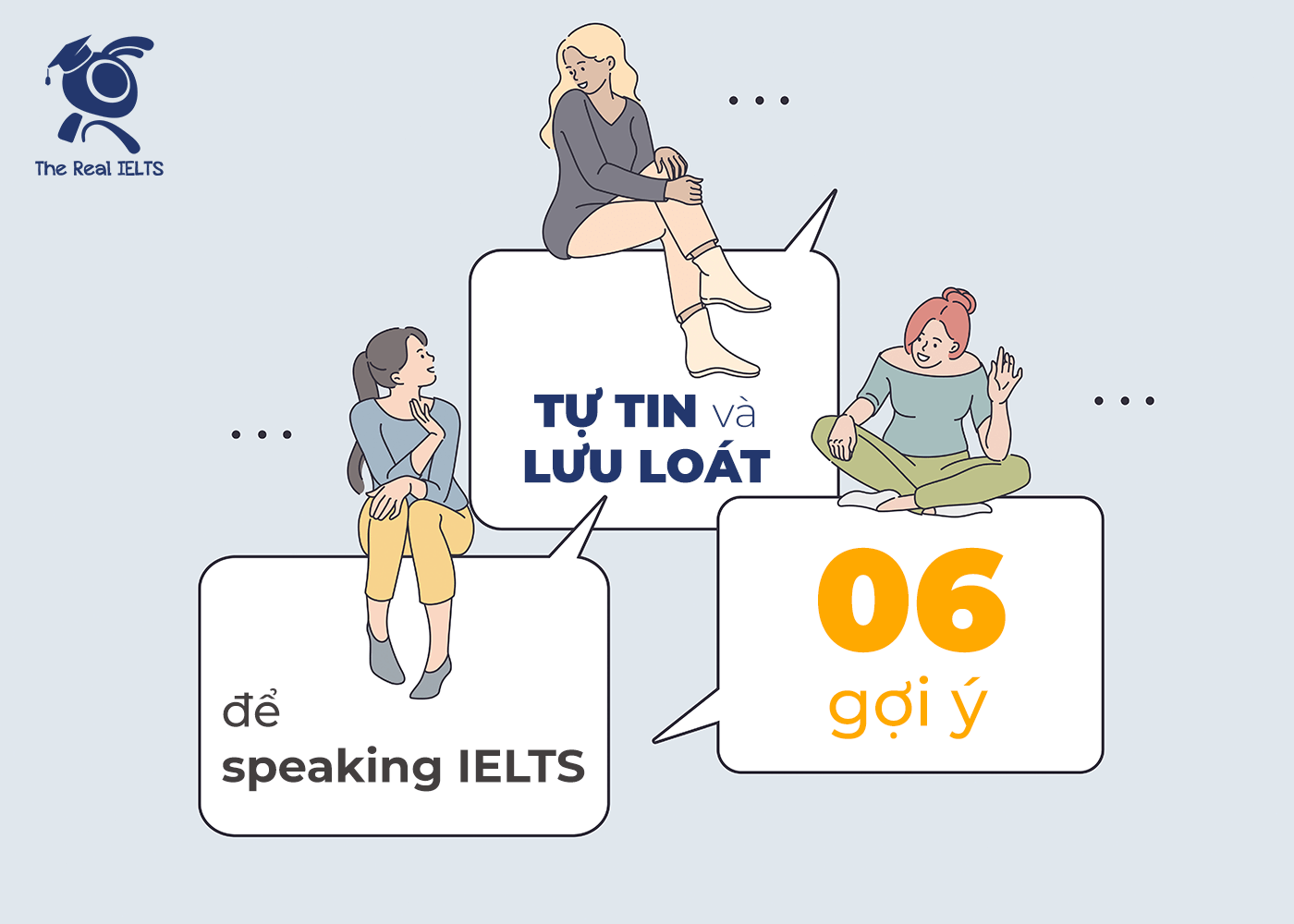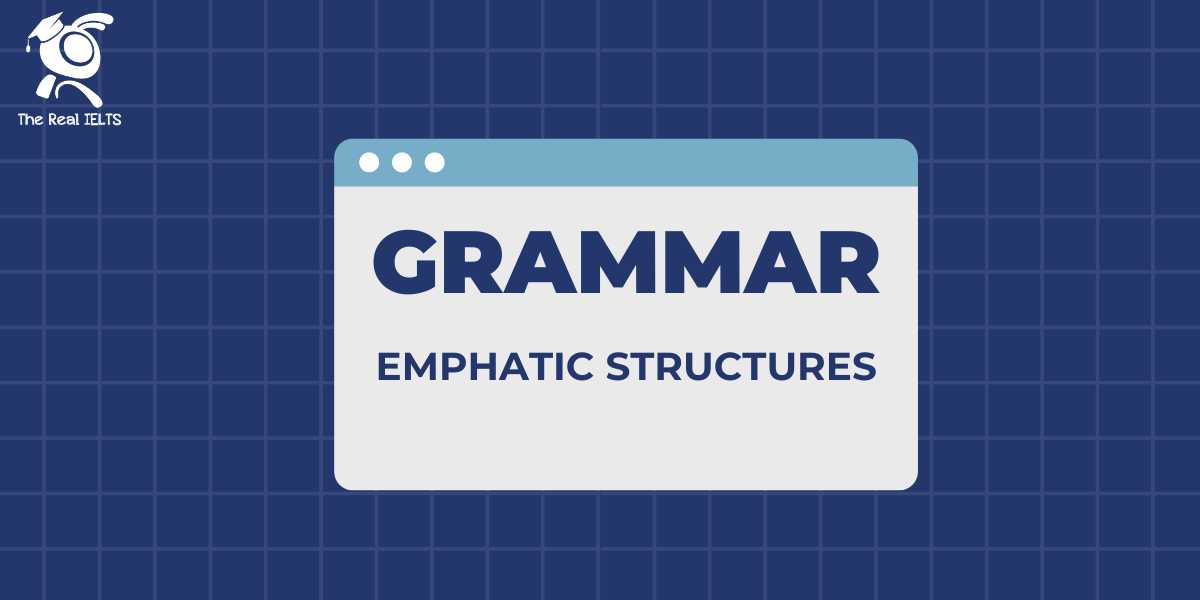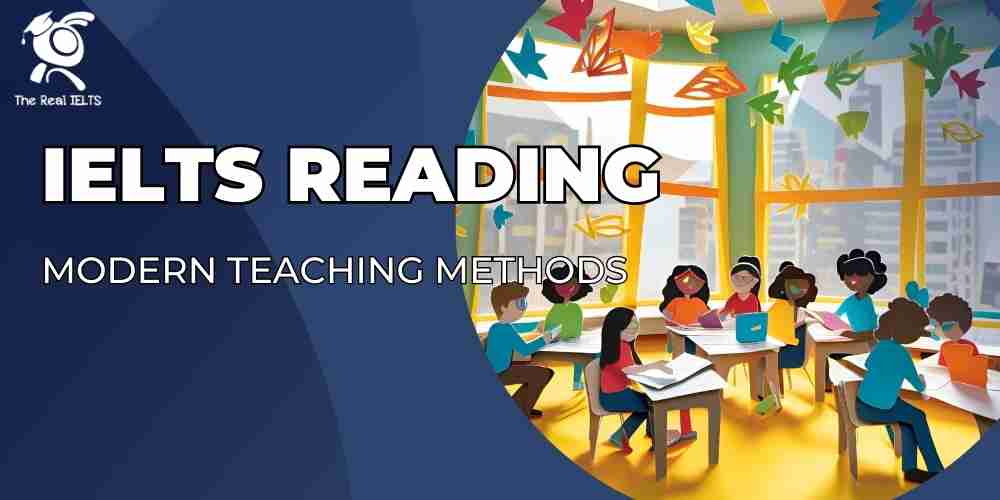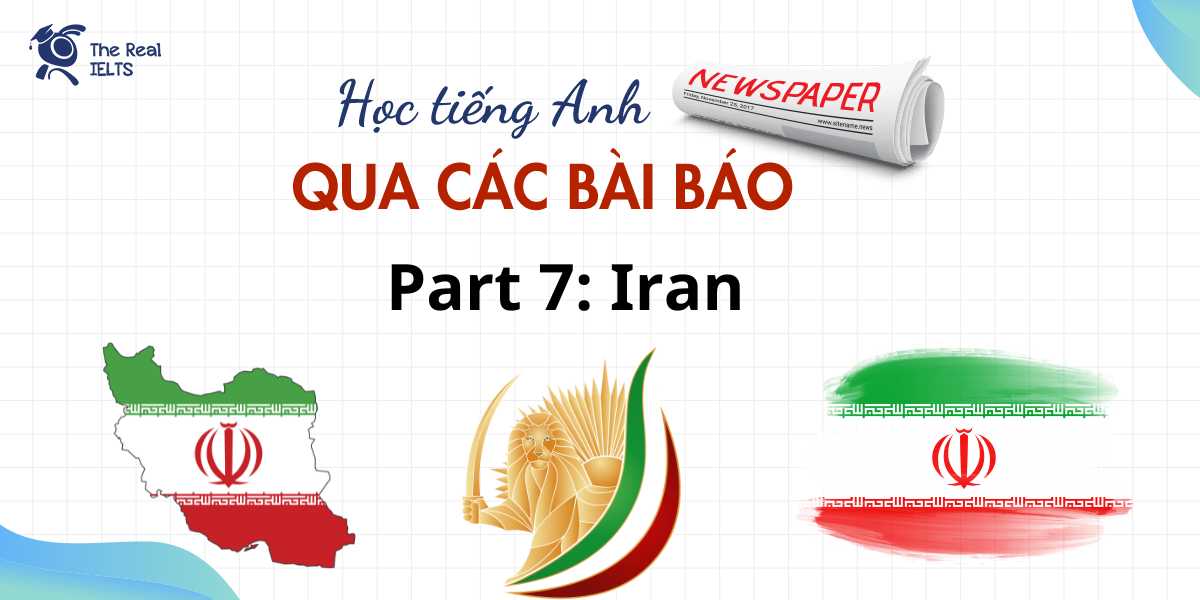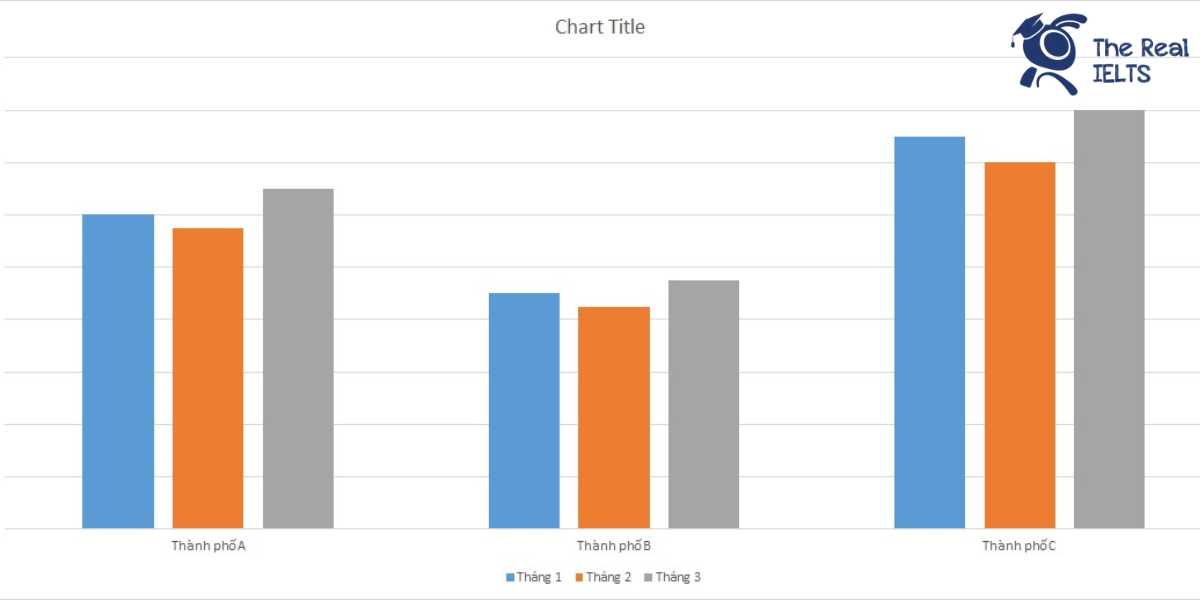Bài Listening có chủ đề là sự tiến hóa của ngôn ngữ (The Evolution of Language). Các bạn hãy lắng nghe thật kỹ phần Audio của Listening.
Bài Listening
Questions
Section 1: Multiple Choice
- According to the passage, how did early humans likely communicate? a) Through written symbols b) Using simple gestures and sounds c) By drawing on cave walls d) Through structured grammar and vocabulary
- What major development around 10,000 years ago influenced the complexity of human language? a) The discovery of fire b) The invention of the wheel c) The development of agriculture d) The beginning of trade
- Which early writing systems are mentioned in the passage? a) Latin and Greek b) Cuneiform and hieroglyphs c) Chinese characters and Sanskrit d) Arabic and Hebrew
Section 2: Short Answer 4. How did the spread of the Latin language influence modern languages?
- What impact has technology had on modern language according to the passage?
Answers
Section 1: Multiple Choice
- b) Using simple gestures and sounds
- c) The development of agriculture
- b) Cuneiform and hieroglyphs
Section 2: Short Answer 4. The spread of the Latin language influenced modern languages by evolving into various Romance languages such as Spanish, French, and Italian.
- Technology has accelerated the evolution of language by introducing new forms of communication, including emojis, abbreviations, and slang, which have become integrated into everyday language.
Audio Script
The Evolution of Language
Throughout history, human language has undergone significant changes. Linguists believe that language began as a series of simple gestures and sounds. Early humans likely used these basic forms of communication to convey essential information about their environment and needs.
As human societies grew more complex, so did their languages. The development of agriculture around 10,000 years ago led to more settled communities, which in turn required more sophisticated means of communication. This period saw the rise of spoken languages with structured grammar and vocabulary.
Written language emerged around 5,000 years ago with the advent of early writing systems like cuneiform in Mesopotamia and hieroglyphs in Egypt. These systems allowed for the recording of history, laws, and culture, fundamentally transforming human society.
Over time, languages continued to evolve, influenced by migration, trade, conquest, and cultural exchange. For instance, the Latin language spread across Europe with the expansion of the Roman Empire, later evolving into the various Romance languages such as Spanish, French, and Italian.
In modern times, the advent of technology has accelerated the evolution of language. The internet and social media have given rise to new forms of communication, including emojis, abbreviations, and slang, which have become integrated into everyday language.
Understanding the evolution of language provides insight into human history and cultural development, highlighting our ability to adapt and innovate in communication.
Học lại bài cũ: Bài tập Listening 38: Human Rights and Social Justice.


